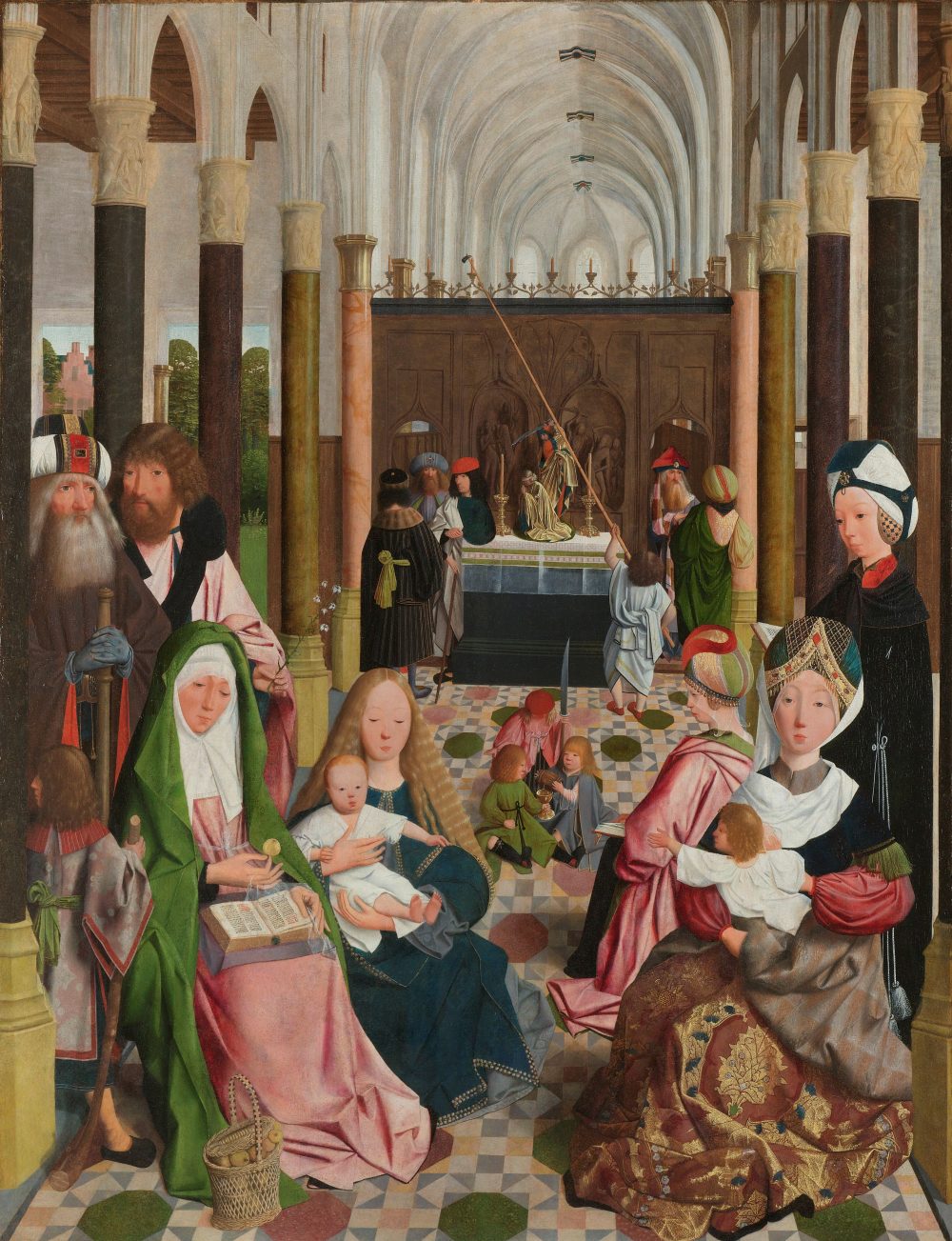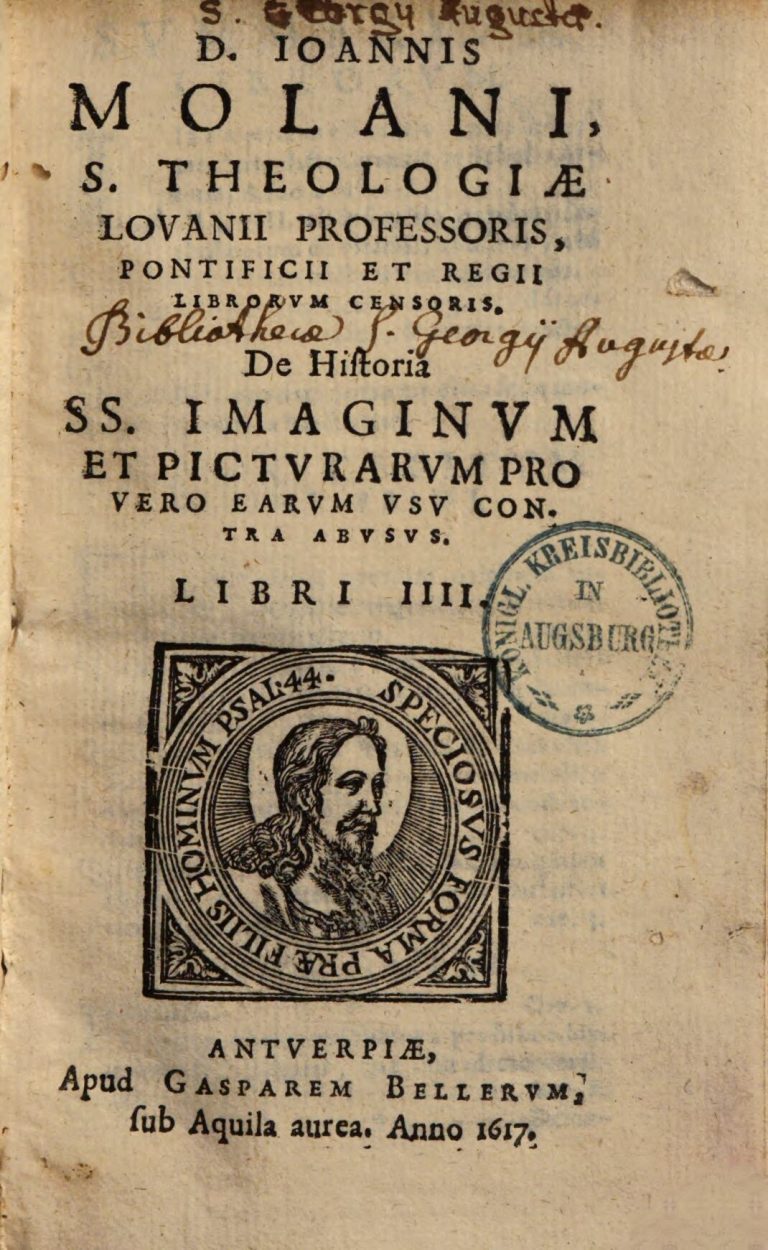
Rijksmuseum, Amsterdam, http://hdl.handle.net/10934/RM0001.COLLECT.6831
In book 2, chapter 23, Molanus deals with examples of images which could lead to dangerous errors among the uneducated. The fifth example of a wrong iconography given by Molanus in this chapter is the story of Salome, mother of the Zebedees, who approached Christ in the company of her sons, Jacob and John, who she led to Jesus. According to Molanus, paintings of this scene could be used to make the argument that it is allowed to give beneficiaries to children, a practice condemned by the Reformation, as well as by the Council of Trent. Similar to the previous example in the chapter, that of John the Evangelist at the wedding feast of Cana, Molanus’s concern about this iconography is, at least partly, caused by the Protestant critique of a certain practice within the Catholic Church. What is more, by the time of writing, the practice had also been forbidden by the Council of Trent, another motive for Molanus to condemn paintings depicting this story.
“In this regard, we can quote Salome, the mother of the Zebedees, represented approaching Christ in the company of her sons, the apostles Jacob and John, as if she had led them to him, so to speak, still children. It seems then that one can draw from this painting a good argument: ‘See, Christ chose children from among his apostles since these two were the two apostles against whom the ten others rose up. Therefore, why would it be illegal to give benefits to children.'”
“Huc etiam referri potest quod mater Zebedaerum Salome cum filiis suis Iacobo et Ioanne Apostolis accedens ad Christum, sic pingatur acsi filios suos velut puerulos ad Christu, duceret. Ex hac enim pictura videtur bona desumi argumentatio, Ecce Christus pueros elegit in Apostolos, Hic enim erant duo Apostoli contra quos decem indignabantur. Quare ergo pueris non liceret dare beneficia?”

Molanus, 1996, 188, n. 2.



